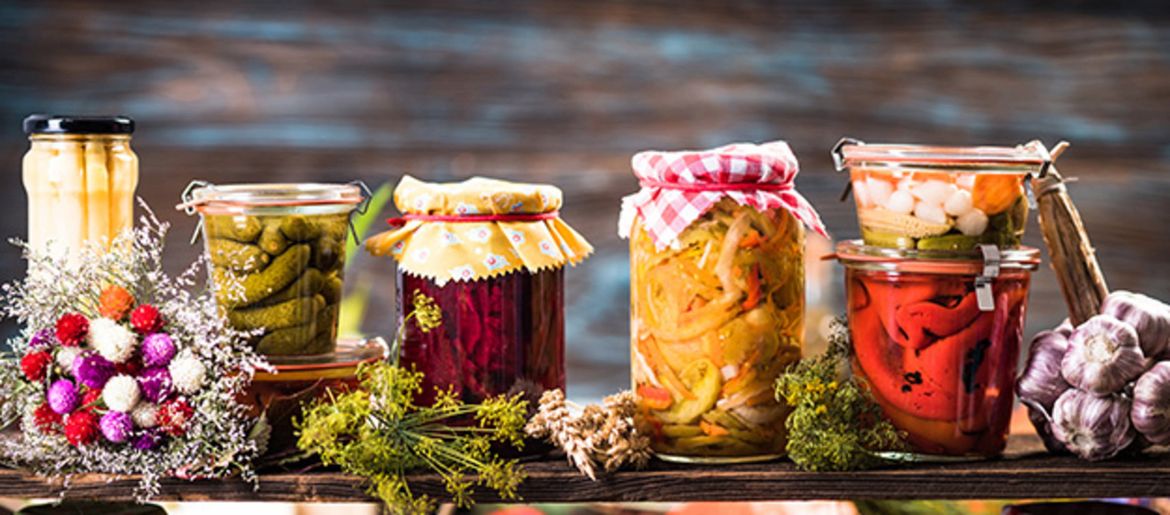Let's Start Preserving - But How?
Would you like to start canning your own produce? Here are a few tips for how to get started.
Sometimes we simply can't eat our produce fast enough before it spoils. Whether you're canning from your garden or reaping the benefits of great sales, canning excess food helps preserve it longer. This cuts down on food waste as canned food can last for several months.
Let's take a look at how to get started.
Why does it work?
Canning is primarily about preserving food. This means cooking the food, filling into sterilized jars and sealing them with an airtight seal. This ensures that as few bacteria and fungi as possible come into contact with the cooked food so it lasts a long time.
Types of canning
Canning has an extremely long tradition, so many different types of canned products have been developed over the years. There are four main types of preserving:
- Sweet food: homemade jams are a classic. Sugar or gelling sugar is heated with the ingredients and bottled or poured into glasses. You can make fruit jams, compotes or liqueurs.
- Sour food: sour foods are preserved when they are canned in vinegar. This type of canning is perfect for vegetables like cucumbers, peppers or squash.
- Salty foods: here, the ingredients are canned in a brine which is often refined with spices or herbs.
- Spicy foods: this type of preserving comes from the Mediterranean, which is why the foods are often preserved using olive oil. The oil seals in the ingredients and herbs and spices are added for more flavour. This type of preserving is perfect for peppers, tomatoes or zucchini.
The glasses
Mason jars are characterized by relatively thick glass and stable shapes. This allows them to withstand sudden temperature differences better (when hot liquid is poured into the glasses). There are basically three different types of glasses:
Screw top glasses: these you frequently find in the supermarket. The advantage of these glasses is that they can be closed again after opening, which is why they are often used for jams.
Mason jars: These traditional jars have been used for over 100 years. They often have a rubber ring and metal buckles to lock the jar. The clips can be removed after cooling, as the seal forms a vacuum.
Clamping glasses: Here the lid is attached to the glass with a wire frame. All you need is a rubber ring between the glass and the lid and the wire keeps the glass closed and the contents pressurised.
Always sterilize your glasses
Before filling your jars, make sure they are sterile, otherwise, bacteria can get into your food. There are several ways to sterilize your glasses. Bake them in the oven at 180 degrees for ten minutes and then let them cool down in the oven, or boil them for 10 minutes.
The canning process
Canning itself is not really complicated.
- Assemble your sterile glasses.
- Wash the ingredients you are using and chop them to your desired size. Very hard vegetables (like carrots, kohlrabi, etc) can also be blanched briefly in salted water.
- Fill the glasses. You can either layer the ingredients in the glasses and then fill them with a hot liquid, or you can cook the ingredients and fill them into jars as you do with homemade jam.
- After filling the jars, seal them tightly and boil them in water. The heat kills any microorganisms and the expansion of the air in the glass creates a vacuum during cooling, which means that no microorganisms can grow in that environment. The duration of cooking varies depending on the ingredients you've used. Boil the glasses for at least ten minutes.
- Preserved food is best stored dark and cool.
Latest reviews
-
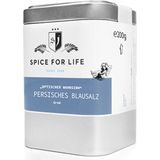 3.5 (2)
3.5 (2)Spice for Life Persian Blue Salt, 200 g
- Intense salty taste
- Perfect for a salt mill
- Use as a finishing salt
£8.35 (£41.75 / kg)Delivery by January 06
-
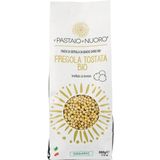 4.0 (3)
4.0 (3)Artinpasta Organic Fregola Tostata, 500 g
- Roasted Fregola
- Ideal for meat dishes
- Bronze processed
£6.45 (£12.90 / kg)Delivery by January 06
-
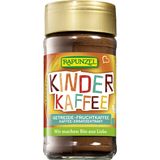 5.0 (1)
5.0 (1)Rapunzel Organic Instant Children's Coffee, 80 g
- Chicory, barley malt, figs & more
- Naturally decaffeinated & tasty
- Simply add water
£5.20 (£65.00 / kg)Delivery by January 06
-
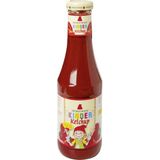 5.0 (1)
5.0 (1)Zwergenwiese Organic Ketchup for Children Sweetened with Apples, 500 ml
- Fruity and mild
- Perfect for children
- Free from refined sugar
£3.35 (£6.70 / l)Delivery by January 06
Magazine Articles:
-
Great Britain: Free standard delivery from £69.90
-
Free
returns More than 11.050 products
Secure payments
with SSL encryption technology

